Cast gives strong performance in U-M’s "Blood at the Root"
High school is a tough time in anyone’s life. It’s a time when we invent ourselves several times over and never get it quite right. Throw some deep racial tension into the mix and things can become explosive.
In 2006, a white student at Jena High School in Jena, La., was beaten by six black students. The beating followed a racially charged week. A new black student at the high school dared to sit under a shade tree unofficially reserved for whites only. The next day, three nooses were hung from the tree. More incidents followed, including a damaging fire at the school. The six students were arrested and initially charged with attempted second-degree murder, later reduced to aggravated battery. The events led to a protest against what some thought were excessive and discriminatory treatment of the six students.
Playwright Dominique Morisseau uses these events for Blood at the Root, a fictional story that explores how the young students, black and white, react to these events and how they struggle to define themselves beyond the broad stereotypes they’ve been assigned. The play deals with the protests, but Morisseau, who is black, is more interested in the emotional impact of these events on young adults trying to find themselves.
U-M’s "Blood at the Root" challenges audiences to deal with race
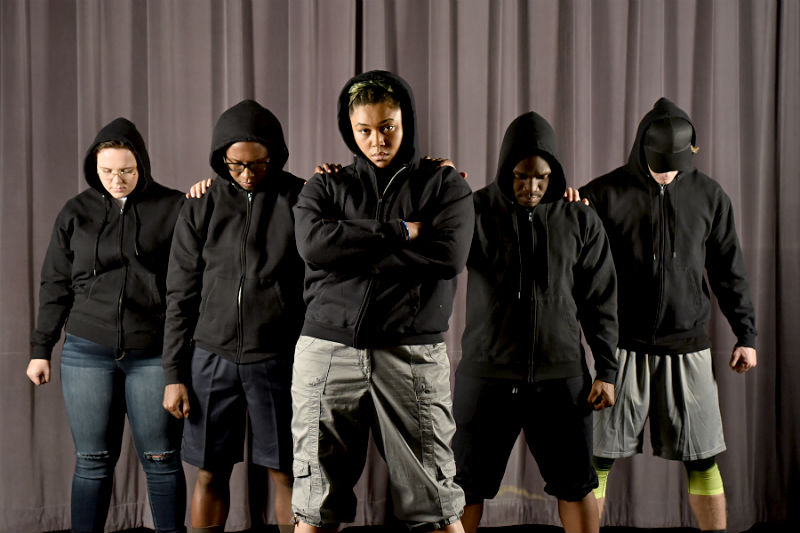
Southern trees bear strange fruit
Blood on the leaves and blood at the root
Black bodies swinging in the southern breeze
Strange fruit hanging from the poplar trees
--Abel Meeropol
In 2014 Stori Ayers was a graduate student in acting at Penn State University. She had the rare opportunity to be the first actress to play a key role in Dominique Morisseau’s Blood at the Root, which had been commissioned by the university. She and other cast members worked with the author to develop the play
After performances at Penn State, she continued to perform the role of Raylynn in a touring production across the United States and internationally.
Ayers, who now teaches at the University of Michigan School of Music, Theatre and Dance, will direct a U-M production of the provocative play, Nov. 16-20 at the Arthur Miller Theatre.
It’s the silly season at PTD Productions with "Farce of Nature"
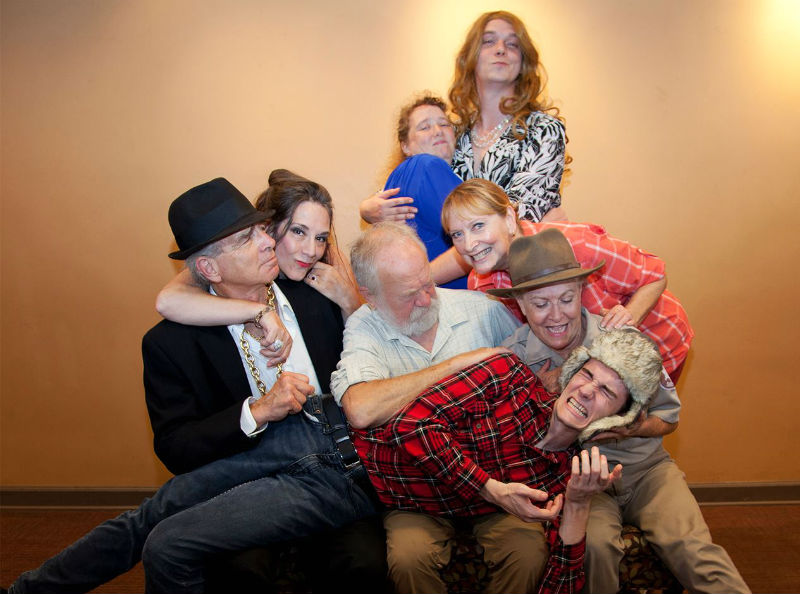
Hee-haw! Rural comedy is still alive, kicking, and knee slapping in the PTD production of Farce of Nature.
In a note to the audience, directors Janet Rich and Dennis Platte write, “We wish for you to take time to set aside the troubles of the world, to smile, and to be silly.”
The directors keep the silliness moving along at a quick pace and have encouraged the cast to bring on the ham.
Civic Theatre prepares a "Cabaret" for our unsettled times
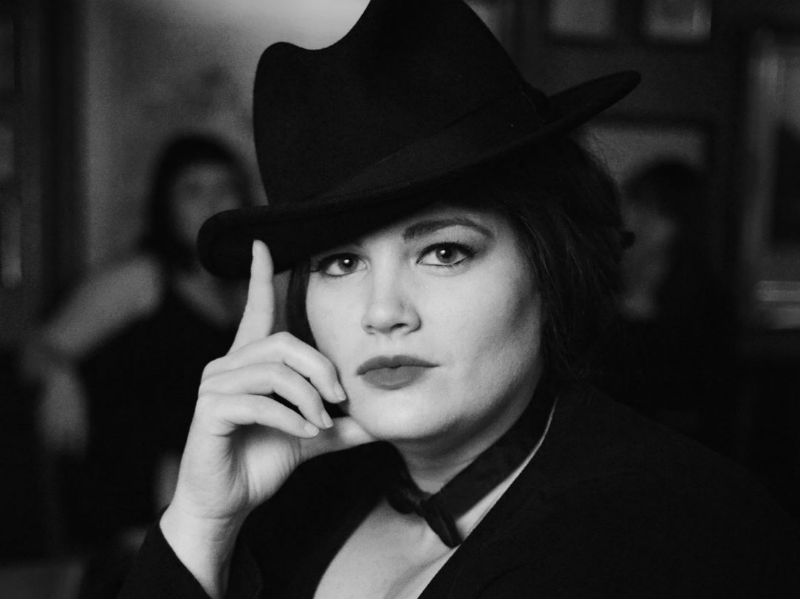
When the musical Cabaret opened on Broadway in 1966, memories of World War II and revelations about Nazi concentration camps were still fresh for the majority of Americans. The story of Weimar Germany’s plunge into nihilism and the rise of the Nazi Third Reich resonated with audiences as a reminder of how insidious evil can be.
Kat Walsh and Jennifer Goltz-Taylor hope their production of Cabaret for the Ann Arbor Civic Theatre is equally relevant for our troubled times.
“When Jennifer and I first proposed the show, we were looking at how polarized people are around a number of issues in our country and around the world,” said Walsh, the show’s director. “There’s a feeling of being unsettled on all sides of the political world. When we looked at the cabaret world in the 1930s, there was that same feeling of unsettledness. David Mamet said we’re here to engage with our audience and create a community, to ask what in the hell is going on it this world.”
U-M’s “One Hit Wonder” delivers with an energetic pop tart
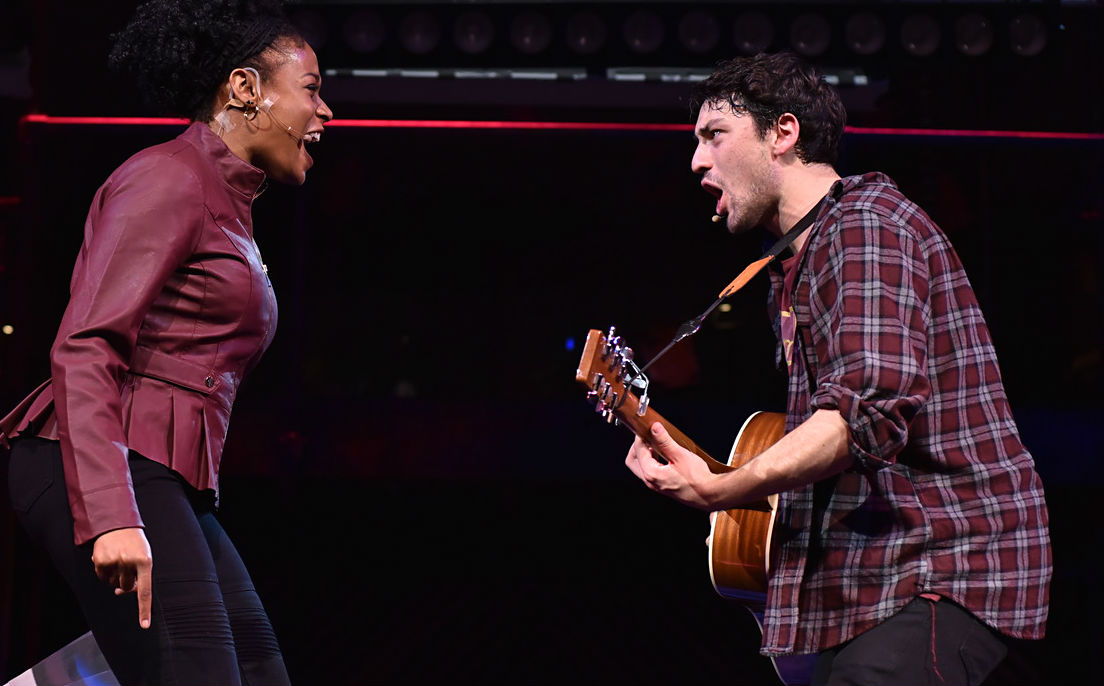
As Paul Simon once noted, “It’s every generation throws a hero up the pop charts.” Sadly, many of them do not have as long and productive a career as Paul Simon. Many of them are “one hit wonders” but their single contribution to the charts linger on.
The University of Michigan Musical Theatre Department is presenting the world premiere of One Hit Wonder, an energetic musical that gives the university students a chance to workshop an original musical that is tailor-made for a young cast and audience on one hand and for a nostalgic older audience with a taste for 1980s-style pop music .
U-M’s "Resistible Rise of Arturo Ui" draws parallels with current events
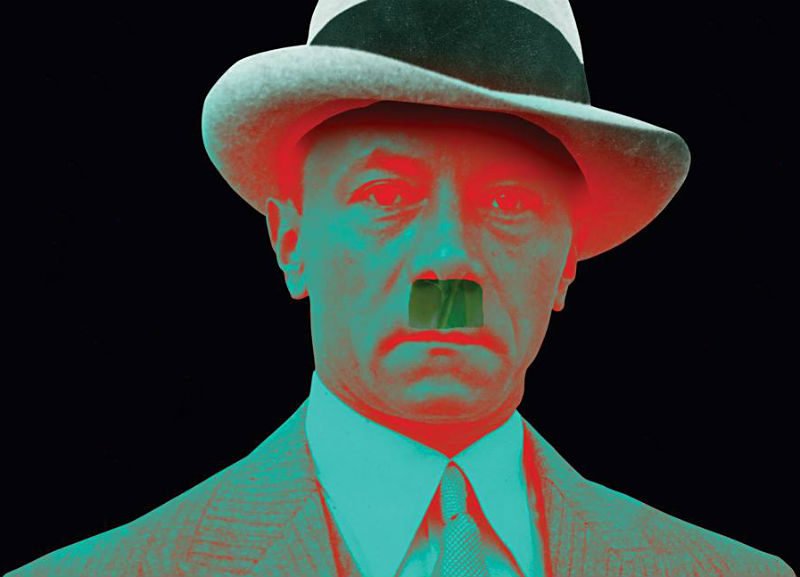
He drew support from working class people by appealing to their fears and their prejudices in a time of economic strife. He went into angry rants blaming minorities for all the country’s problems. He encouraged his supporters at rallies to punch out those who protested against him. He came to power in an unusual though legal way, while claiming the support of the nation. He pushed a philosophy of racial and ethnic superiority. He told the crowds that “I and I alone can make this nation great again.”
He was Adolph Hitler.
PTD’s "Anatomy of a Murder" features iconic UP setting, still relevant themes
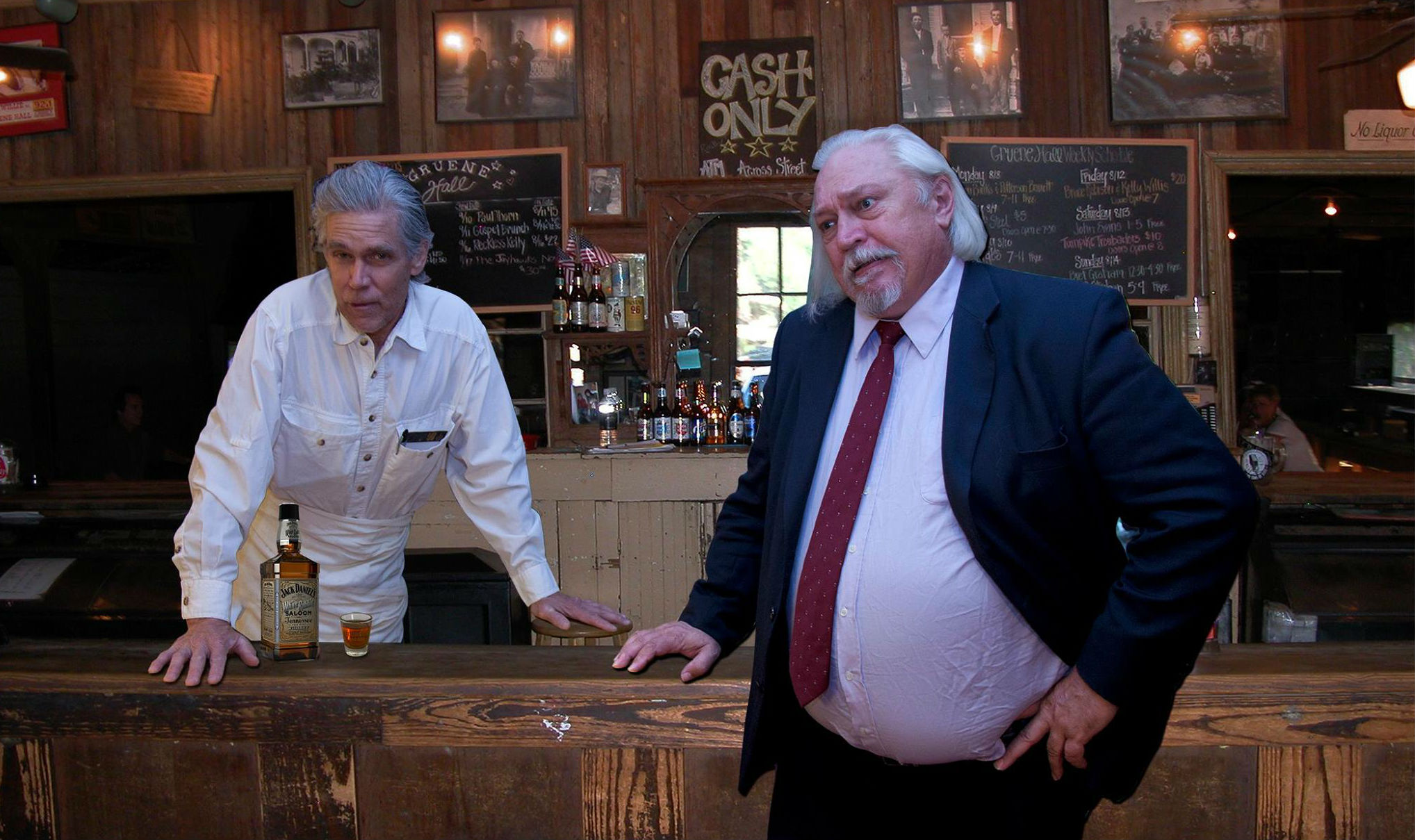
John Voelker -- a defense lawyer, prosecuting attorney, and Michigan Supreme Court Justice -- brought legal credibility, unusual frankness, and a down-home Upper Peninsula sensibility to his landmark novel Anatomy of a Murder (under the pen name Robert Travers).
Director Otto Preminger and screenwriter Wendell Mayes brought those qualities to the 1959 film version, shot in and around Marquette. The film was nominated for several Academy Awards including best picture and best actor for James Stewart.
PTD Productions in Ypsilanti is presenting a later stage version by Elihu Winer. Winer’s plodding version eliminates some major characters and key plot points and makes little of the UP atmosphere that is a central feature in Voelker’s novel and Preminger’s stark black and white location photography. This is a wordy, condensed version, though still set in the deeply rural 1950s UP.
Encore offers diverting, funny, and timely ‘9 to 5’

A video projection of Dolly Parton hovers over the Encore Theatre stage. The always charming country singer/songwriter plays host to Encore’s production of 9 to 5, a Broadway musical of the hit movie 1970s comedy starring Parton, Lily Tomlin, Jane Fonda, and Dabney Coleman.
Parton teases that what we are about to see took place in 1979, a time of disco music, no internet and less enlightened thinking.
Unfortunately, last year’s presidential campaign made it clear that issues of gender equality and sexual harassment are still alive and kicking. And 9 to still gets a lot of knowing laughter about a workplace culture skewed to male privilege.
Purple Rose’s “Harvey” reveals poignancy along with whimsy
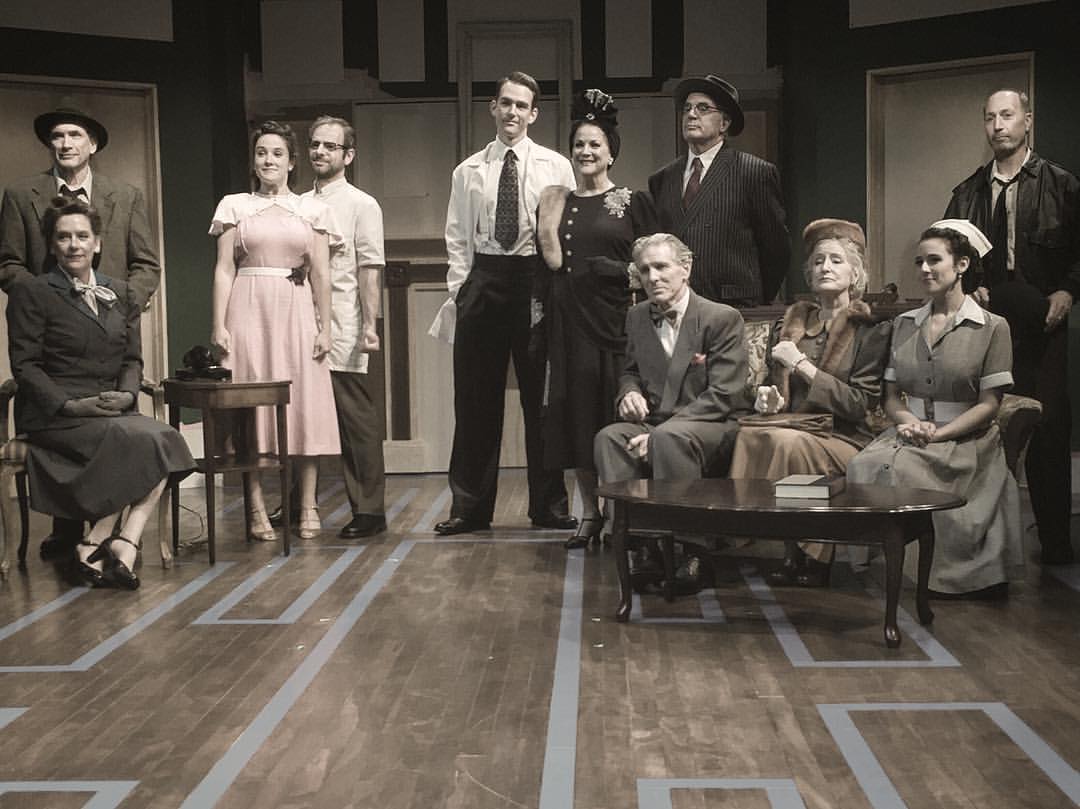
Mary Chase’s Harvey has been entertaining audiences with its gentle humor for more than 70 years. It’s a play we think we know well.
The new Purple Rose Theatre production of this Broadway classic reveals a deeper, richer, and more focused Harvey. It’s still funny, still frantic at times, but so much more.
We are most familiar with James Stewart’s Elwood P. Dowd. He’s a sweet charmer and he drinks a bit but has a sense of the whimsical and a good heart. He can see eye to eye with a six-and-a-half-foot rabbit, or more precisely a pooka, a Celtic spirit with an affection for rumpots and others.
Now imagine instead a different kind of Elwood P. Dowd. He’s still a charmer with a whimsical streak. But he’s a smaller man and maybe he drinks a little more than he should and those ideas he floats about life might just be worth our attention.
Encore offers a charming, thoughtful "Camelot"

In short, there’s simply not
A more congenial spot
For happily-ever-aftering than here
In Camelot.
Camelot, with book and lyrics by Alan Jay Lerner and music by Frederick Loewe, was a powerhouse 1960 follow-up to their masterpiece My Fair Lady. It gave the Kennedy Administration a theme and sent audiences away happily whistling the tunes of several memorable songs.
The title song paints a vivid utopian vision of King Arthur’s domain of medieval England, but dark shadows are the musical’s real theme. Based in part of T.H. White’s humorous account of Arthur’s rise from innocent farm boy to king, Camelot is not a boy’s adventure of knightly derring-do. Instead, it’s a bittersweet tale of a romantic triangle, uneasy betrayal, and lost dreams.
The Encore Musical Theatre production is charming if somewhat constricted by the limits of the theater’s stage. Director Daniel C. Cooney brings the elements together with a nice balance of romantic yearning and soft comedy. The romantic leads spark nicely as they should. The stage doesn’t allow for the wider expanse of a more elaborate setting but set designer Sarah Tanner uses props and a simple castle courtyard to suggest the royal life.


































